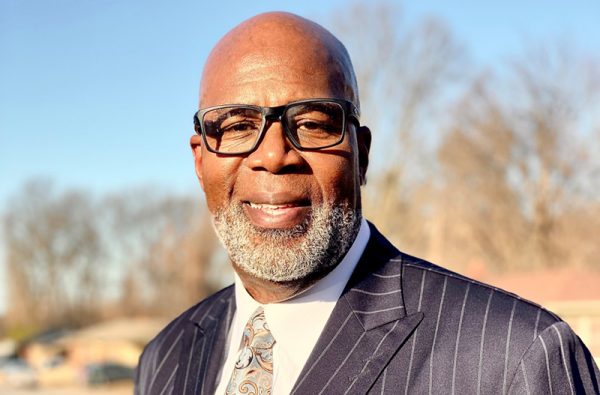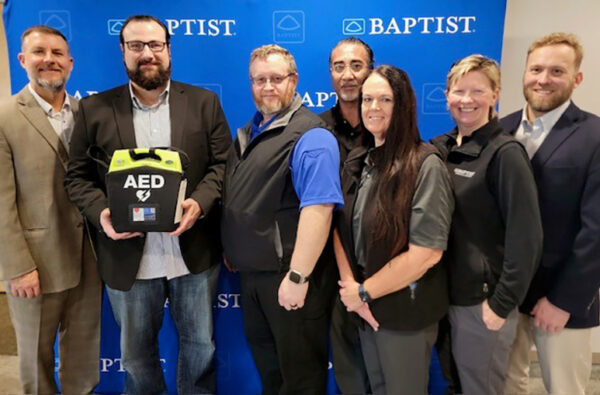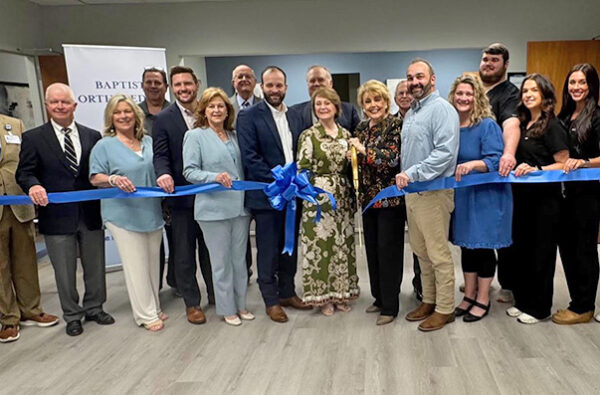Nobody likes to wait, and thanks to successful Training within Industry (TWI) deployment at NEA Baptist, patients in the Emergency department rarely have to.
In January of 2014, NEA Baptist opened the doors to a new hospital building, more than doubling ED beds (23, from 11) and adding four triage spaces. “As volume dramatically increased, our length-of-stay times began to increase and we saw our left without being seen (LWBS) rate climb; at one point reaching more than 5 percent,” said NEA Baptist Chief Nursing Officer Paula Grimes, RN. “We knew we had to implement some improvement work around the flow of patients through the ED.
“We chose to use TWI Job Methods, a part of the Baptist Management System, to determine how to best use existing people, equipment and supplies already available; to improve flow through the ED, and ultimately to deliver more efficient and higher quality patient care,” said Paula.
In October of 2016, the staff set challenging goals:
- LWBS: Go from 3.53 percent (at one point, 3.8) to below 2 percent
- Patient arrival to admission: Go from 261 minutes to lower than 230
- Patient arrival to discharge: Go from 186 minutes to lower than 160
Working as a team, key stakeholders and nurses in the ED, along with support staff, focused specifically on triage and the results-waiting area where low-acuity patients were being seen.
In January, the team began the following experiments:
- Listed all triage process details for one week, including the role of ED triage nurses
- Directly observed the triage process
- Questioned every detail in a manner prescribed by Job Methods training in collaboration with the triage nurses
- Created a Job Instruction Breakdown (JIB), which outlined and simplified the process to decrease waiting time and increase efficiency and included flexibility to adjust for peak volumes
- Trained triage nurses in the new process, which increased the speed and efficiency of the triage process
- Changed the design of the process so that a team of nurses work to prepare and move the patient through the process at less time than before
Result: “We immediately began seeing improved length of stay times and a drop in our LWBS rate. The second piece of the work started in May. The group developed a plan to place a mid-level provider in triage with support from the ED physicians,” said Paula. “Very quickly, it became evident that we were improving our flow through the ED, and we began to see our ED patient satisfaction scores improve.”
Goals met:
- LWBS: In March of 2017, the rate dropped to 2.52, and in May, it decreased to 1.62, well below the goal of less than 2 percent
- Patient arrival to admission: Down to 227 minutes, exceeding the goal of 230
- Patient arrival to discharge: Down to 150 minutes, beating the goal of 160
“Patient satisfaction scores were 24 percent when we started, dropping as low as 18 percent. However, in the last four months we’ve reached as high as 44 percent,” said Paula. “This is a great story for NEA. We are meeting our goals, and the entire staff is excited about the improved flow and improved patient care we are providing. Anytime you can see high-acuity patients quickly and have low-acuity patients seen and discharged quickly, that’s a win for everyone. We will continue to assess and work on improving the process in hopes of seeing those times decrease more for our patients.”






